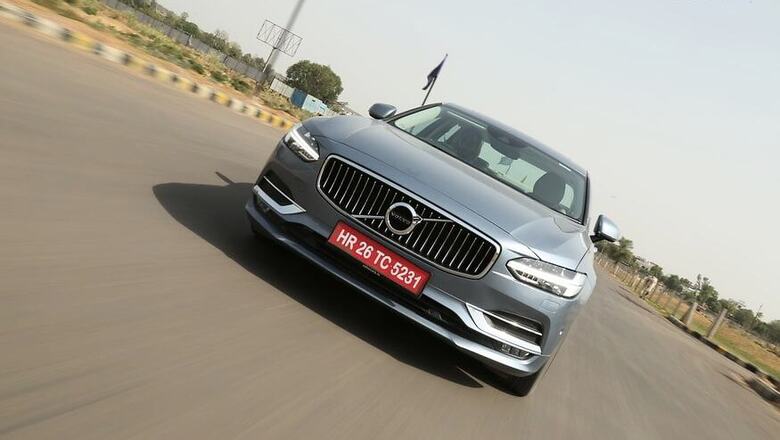
views
New research from US-based Insurance Institute for Highway Safety, the not-for-profit organization committed to testing cars for crash safety, finds that Lane Departure Warning (LDW) systems have the potential to cut fatal crash rates by as much as 86%.
In a study undertaken by IIHS vice president for research, Jessica Cicchino, data from police-reported crashes was analyzed and individuals involved in accidents cross-referenced by VIN number to establish which active safety systems were fitted when the car was sold.
Cicchino found that in the case of single-vehicle, sideswipe and head-on crashes, LDW technology -- a comparatively simple system that monitors the car's position on the road and alerts the driver with audible and visual warnings if the car starts to drift from its highway lane -- resulted in an 11% reduction in crashes and lowered the rates of injury in crashes by 21%.
Therefore, according to Cicchino, if all of the 85,000 crashes that met her criteria had involved cars fitted with the feature, some 55,000 injuries could have been prevented must in 2015.
What's more, if the results are simplified to omit elements such as insurance risk and driver demographic, then LDW reduced fatal crashes by 86%.
However, there are several caveats. The first is that the system can be activated or deactivated by the driver and there is no data to indicate if the system was in use at the time of an accident. And, more importantly, the system simply warns the driver that he or she is veering out of lane, it doesn't take over the steering and autonomously navigate the car back between lane marking lines.
When Cicchino looked at the results of other similar studies conducted in the US and in Sweden, on commercial vehicles and on Volvos respectively, the reduction in crash rates was nearer the 50% mark leading her to conclude that human inaction is the reason why her results are not in line with those from other studies.
LDW is often bundled with Blind Spot Detection, a feature that warns the driver if there is a vehicle alongside it when he or she indicates and begins to change lane. So Cicchino applied a similar methodology to examining its effectiveness. She found the technology lowers the rate of all lane-change crashes by 14% and of those resulting in occupant injury by 23%.
"Blind spot detection systems work by providing additional information to the driver. It's still up to the driver to pay attention to that information and use it to make decisions," Cicchino says. "That said, if every passenger vehicle on the road were equipped with blind spot detection as effective as the systems we studied, about 50,000 police-reported crashes a year could be prevented."
















Comments
0 comment